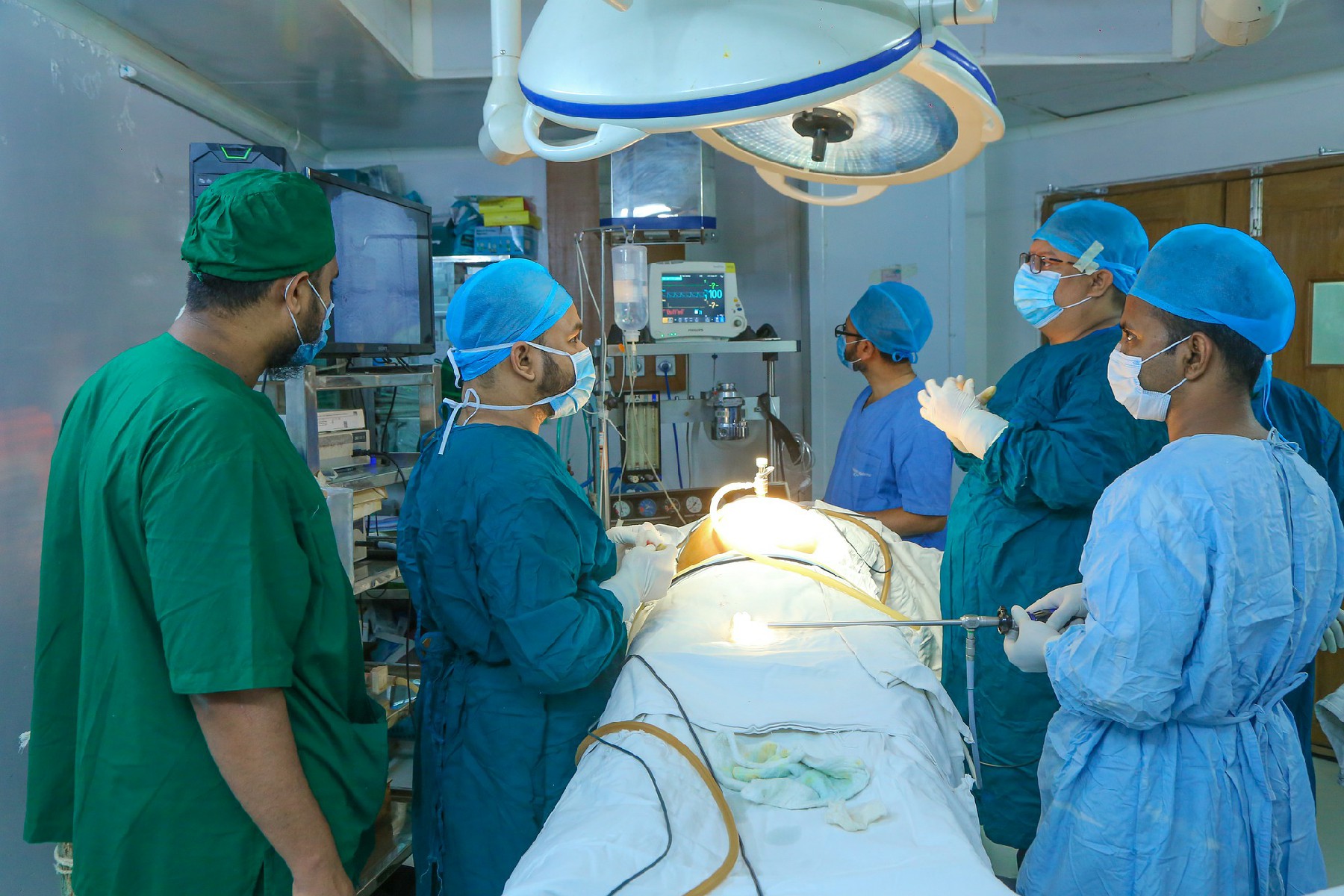
Undergoing surgery is often a critical step towards health recovery or improvement, but it’s not without its risks. One such risk is the formation of blood clots, a serious complication that can occur postoperatively. Understanding how to effectively prevent these clots is essential for a safe and successful recovery. This guide offers a detailed exploration of strategies for avoiding blood clots following surgery, including the duration of increased risk, dietary tips, and recognizing warning signs.
Early Movement and Exercise
The importance of early movement and exercise following surgery cannot be overstated. As soon as your medical team gives the go-ahead, it’s crucial to start with light activities. Even while in bed, simple exercises like rotating your ankles can significantly stimulate blood circulation, reducing the risk of clot formation. As you recover, gradually increasing your activity levels is vital. Gentle exercises, under the guidance of a healthcare professional, can promote circulation without putting undue strain on your body.
Compression and Medication
The use of medically approved compression garments is another critical strategy in preventing blood clots. These garments, particularly compression stockings, help enhance blood flow in the legs, a common site for clot formation post-surgery. Equally important is the adherence to prescribed anticoagulants, commonly known as blood thinners. These medications play a pivotal role in preventing clot formation, and it’s essential to take them exactly as prescribed by your doctor.
Regular Monitoring
Postoperative care involves regular monitoring, both through follow-up appointments with your healthcare provider and through self-examination. These check-ups are essential for monitoring your recovery process and for adjusting your preventive measures as needed. Being vigilant about changes in your body, especially in the operated area and limbs, can help in early detection of potential complications.
Duration of Increased Blood Clot Risk
The period during which you’re at an increased risk of developing blood clots varies. Typically, this risk remains elevated for several weeks post-surgery. However, the exact duration depends on various factors, including the type of surgery, your overall health, and your level of mobility. Some surgeries, particularly those involving the lower extremities or abdomen, may carry a prolonged risk period, necessitating extended vigilance and preventive measures.
Dietary and Hydration Tips
Maintaining proper hydration is paramount in preventing blood clots. Drinking ample water, at least eight glasses a day, helps in maintaining optimal blood flow and can slightly thin the blood, reducing the risk of clots. Incorporating beverages like green tea, known for its antioxidant properties, can also be beneficial. In addition to hydration, focusing on a balanced diet rich in omega-3 fatty acids, fruits, and vegetables supports overall blood health. Limiting the intake of alcohol, caffeine, and high-sodium foods is also crucial, as these can negatively impact blood circulation.
Recognizing the Warning Signs of Blood Clots
Being aware of the warning signs of blood clots is critical. Unusual swelling in any limb, particularly in the legs, can be an early indicator. Persistent pain or discomfort in a specific area, resembling a cramp or soreness, should not be ignored. Any changes in skin colour, such as unusual redness or discoloration, could signal underlying issues. A localised warm sensation can also be a telltale sign of a developing clot. More severe symptoms like sudden shortness of breath, chest pain, or a rapid heartbeat are extremely serious and could indicate a pulmonary embolism, requiring immediate medical attention.
Conclusion
Preventing blood clots after surgery is a critical component of postoperative care. It involves a combination of physical activity, adherence to medication, dietary mindfulness, and keen awareness of one’s body. By taking proactive steps and maintaining open communication with healthcare providers, patients can significantly reduce the risk of postoperative blood clots, ensuring a safer and smoother recovery journey.
© 2024 Marinas Clinic All rights reserved.Powered by Zero Gravity Technologies.